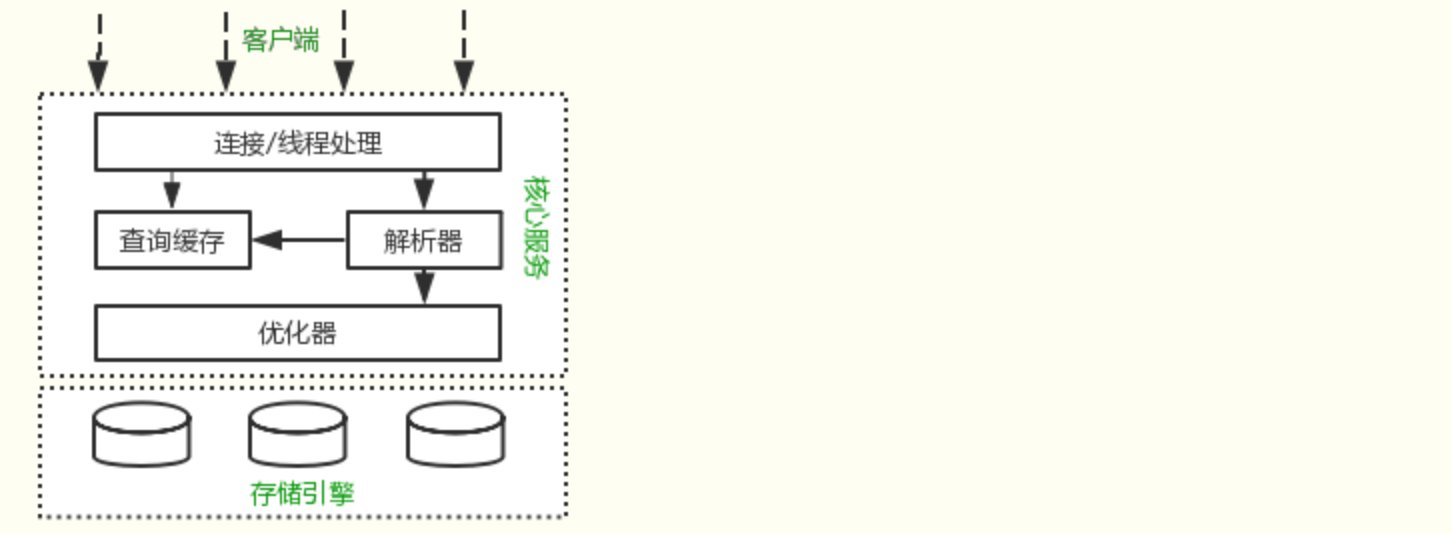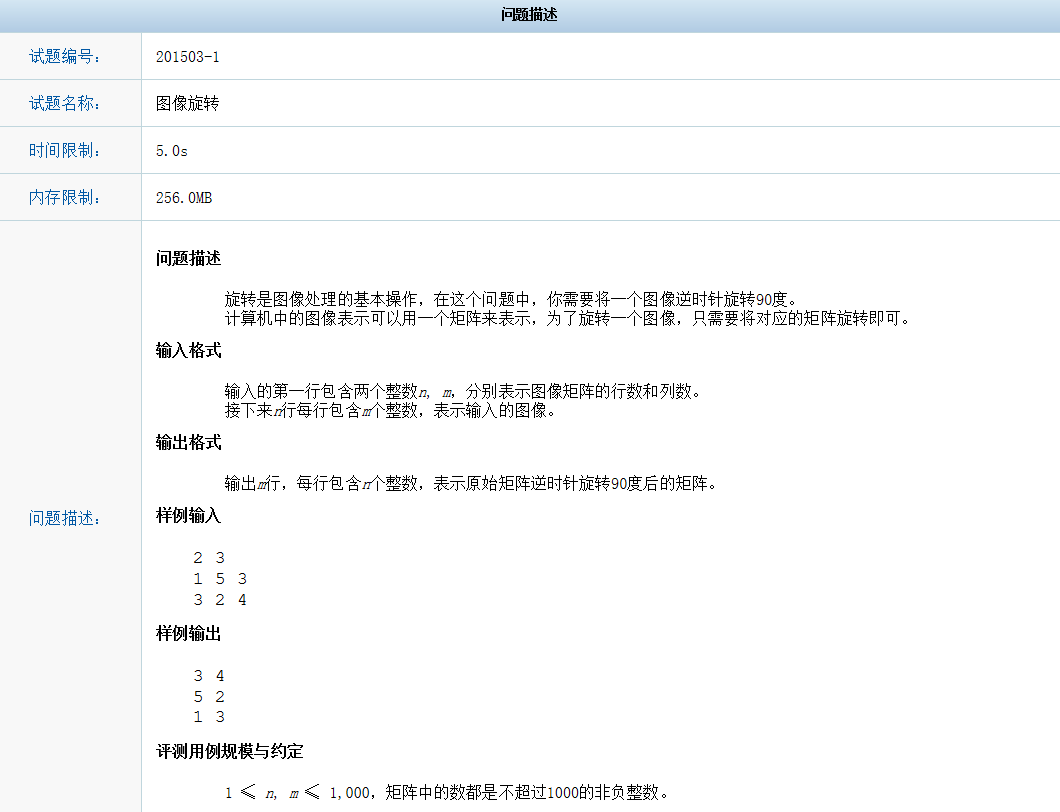Java中的“128“陷阱,源码角度解析
当我们用“==”方式在比较Java中Interger类型的数据时,有时候会发现两个明明相同的值,最后比较的结果为false
public class Main {public static void main(String[] args) {Integer i1 = 100;Integer i2 = 100;Integer i3 = 128;Integer i4 = 128;System.out.println(i1==i2);System.out.println(i3==i4);}}
运行结果:

为什么会出现这样的结果?输出结果表明i1和i2指向的是同一个对象,而i3和i4指向的是不同的对
象。此时只需一看源码便知究竟,下面这段代码是Integer的valueOf方法的具体实现:
public static Integer valueOf(int i) {if(i >= -128 && i <= IntegerCache.high)return IntegerCache.cache[i + 128];elsereturn new Integer(i);}
其中IntegerCache类的实现为:
private static class IntegerCache {static final int high;static final Integer cache[];static {final int low = -128;// high value may be configured by propertyint h = 127;if (integerCacheHighPropValue != null) {// Use Long.decode here to avoid invoking methods that// require Integer's autoboxing cache to be initializedint i = Long.decode(integerCacheHighPropValue).intValue();i = Math.max(i, 127);// Maximum array size is Integer.MAX_VALUEh = Math.min(i, Integer.MAX_VALUE - -low);}high = h;cache = new Integer[(high - low) + 1];int j = low;for(int k = 0; k < cache.length; k++)cache[k] = new Integer(j++);}private IntegerCache() {}}
从这2段代码可以看出,在通过valueOf方法创建Integer对象的时候,如果数值在[-128,127]之间,
便返回指向IntegerCache.cache中已经存在的对象的引用,直接指向常量池中的缓存地址 ;否则创建一个新的Integer对象。
上面的代码中i1和i2的数值为100,因此会直接从cache中取已经存在的对象,所以i1和i2指向的是
同一个对象,而i3和i4则是分别指向不同的对象。



































还没有评论,来说两句吧...